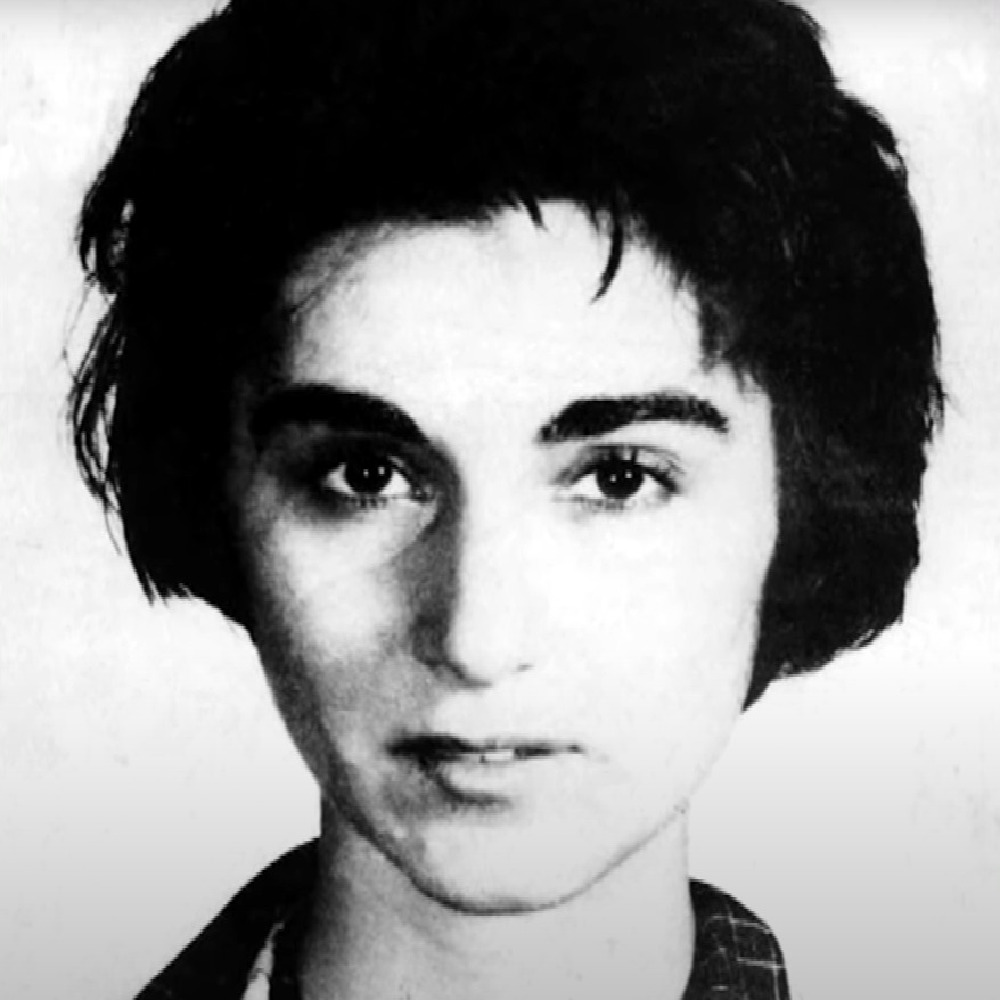A murder is always a saddening a shocking event, especially if those around do little or nothing to help. This week’s true crime case focuses on the bystander effect, discovered after a woman was murdered just outside her front door.

Catherine Genovese / Picture Credit: Inside Edition on YouTube
Who was Catherine Genovese?
Catherine ‘Kitty’ Genovese was born on July 7th, 1935 in Brooklyn, New York (NY) to Vincent and Rachel Genovese.
In 1964, Genovese was brutally stabbed and raped just metres away from her apartment in Kew Gardens, Queens.
The media coverage that followed her murder sparked a nationwide debate about the disturbing apathy shrouding the events, ultimately leading to the construction of the social psychological phenomenon known as the bystander effect.
Early years
Genovese’s parents were Italian-American, and her father ran a Bay Ridge Coat and Apron Supply company, while her mother was a homemaker.
Genovese, along with her parents and four younger siblings, lived in a four-family row house in Brooklyn.
Ever since she was a child, Genovese was known for her infectious happiness, energy, and amazing zest for life.
At school, she was said to be a chatterbox; she was also rather popular and enjoyed her English and musical classes above other studies.
Genovese was charming and attractive and, in 1953, was elected ‘class cut-up’ amidst her graduating class of over 700 students at the all-girl school she attended.
After high school, Genovese’s family moved to New Canaan, but she decided to stay in NY.
Life in Kew Gardens
Genovese adored NY, and after working as a secretary, a waitress, a hostess and a barmaid, she eventually got comfy in a bar manager’s position.
Genovese was known to be a hard-working woman who was relied upon by many people. Due to often working double shifts, she earned enough money to open her very own Italian restaurant.
In March, 1963, Genovese met Mary Ann Zielonko at an underground lesbian bar in Greenwich village. The pair quickly fell for each other and moved in together.
They found an apartment next to the Long Island Rail Road Station on Kew Gardens, Queens.
It was one of 14 similar units in a two-floor building, with storefronts on the ground floor and apartments upstairs.
The murder of Catherine Genovese
29-year-old Genovese left work at about 3am on March 13th, 1964; she was excited to get home to Zielonko as it was the couple’s first anniversary.
She parked her car by the Station not far from her home, but she was unaware that Winston Moseley was lurking in that same area.
Moseley was a 28-year-old unassuming man who has left his sleeping wife, two sons, and five German Shepherds in South Ozone Park, Queens, at around 1am in order to drive around and search for a victim.
He almost gave up, but when he saw Genovese getting into her vehicle, he quickly turned his car around and followed her, and when she parked her car, so did he.
Kew Gardens, where Genovese’s home and partner were waiting for her, was desolate at 3am; the pharmacy and coffee shop were closed, and the lights of residents’ homes were off as most were asleep.
As she made her way to her apartment, Genovese heard steps behind her; startled, she began to run. Moseley, however, caught up to her and stabbed her.
Genovese called out to say she had been stabbed, and a neighbour called down for her attacker to leave her alone, which warned Moseley away.
Genovese wasn’t fatally wounded at this point, but she only made it to the vestibule at the bottom of the stairs which the led to her apartment, before she collapsed.
Moseley stayed within the area after the attack, as he realised that the police weren’t coming.
He found Genovese, bleeding and in shock, then stabbed and raped her. After, he stole money from her wallet and left; Genovese was alive, but only barely.
30 minutes after the initial attack was when police were finally called. Genovese died on the way to Queens General Hospital.
The aftermath
Six days after the attack on Genovese, Moseley confessed to the murder of three women, including Genovese.
Moseley died in prison on March 28th, 2016 at the age of 81. At the time of his death, he was the longest serving inmate in NY.
In regard to the bystander effect, 1981 saw the development of this by John Darley and Bibb Latané after they became interested in the apathetic responses to Genovese’s murder.
The bystander effect refers to the notion that individuals are more likely to help when they are alone, rather than if they are in the company of others.
It was said that many residents in Kew Gardens did not call the police or try to help Genovese until the attack was over; this led to the idea of the bystander effect, whether fear or indifference stopped people from interfering.
While it is thought that some witnesses did call for help, Genovese’s death still sparked a nationwide debate surrounding bystander intervention, more specifically, in urban settings.
Written by Melissa, who you can follow on Twitter @melissajournal
RELATED: Sinister Saturday: Ronald DeFeo Jr's crimes served as inspiration for an unnerving horror movie
Many horror movies have been inspired by or based on true events; 2005’s The Amityville Horror is one of them. The film is based on this story of Ronald DeFeo, who murdered his whole family in the short time of 15 minutes...
Tagged in True Crime

